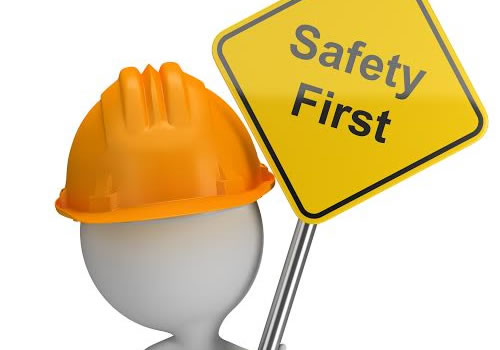Travel Safely With These Construction Zone Tips

It is very much important to get save while traveling through the under construction area respectively. Most of the people do not take care of these safety precautions signs on the road. If we look at an average of 700 incidences occur in the work zones every year. In this case, the pedestrian and the vehicle drivers need to get careful while crossing the road construction area respectively. It is also very much important for the traffic control department to change the route for the heavy trucks and the buses to provide the best chances to the small vehicles and the cars to move easily without getting stuck in the huge traffic.
This is a major fact that large trucks are the main cause of the major accidents on the road construction areas are areas. Here we will discuss some important points regarding the safety of the construction zone and how you have to move under the circumstances?
- Pay complete attention to the road
It is very much important to have complete attention on the road respectively. You should have to plan your route first. Make sure not to get the route where construction work is under process. If you don’t have the idea about the construction of the site, get pass the area by maintaining some specific distance from the vehicles as well as the construction site respectively. You will surely get pass through the area in a better way without getting hurt or loss.
- Slow down the speed of the vehicle
Obviously, it is the basic factor to slow down the vehicle on the construction site. As we all know very well due to traffic rush it is important to slow down the speed of the vehicle at a limited speed which will also mention on the signboard of the construction area. It is also your duty to take care of the workers of the site by maintaining the sufficient distance from them respectively. Do not approach the workers to get a side; you can ultimately get the sufficient space to drive the car in a limited speed.
- Only move into the open lane
If you are passing through the road paving area you have an idea that you should have to pass through the open lane. Driveway paving contractor has already prepared the way for your ease to get pass the area easily. You should have to maintain a specific distance while crossing the lane. Make sure to drive the vehicle according to the mentioned speed.
- Follow the signs of the construction area
It is also mandatory to follow the visible signs on the construction site. These signs will let you know the further condition of the road by displaying the specific message on it. It is your duty to follow the signs strictly and to save the workers from any type of mishap respectively. As we all know very well that crashes of the cars are very much common on construction sites. The basic reason is to not follow the signboards of the site and also people hate to control the vehicle speed while they are in hurry. It is also mandatory for the vehicle driver to provide the sufficient room to the worker on the construction site. You should have to respond quickly when you see the open lane with much space to pass through the area.
Conclusion:
After discussing these important points finally, we get the best idea to utilize the strategy while the road or building is under construction. It will be the best thing to follow the signboards of the construction site well and maintain the sufficient gap between the vehicles to get save and reach save to the destination.